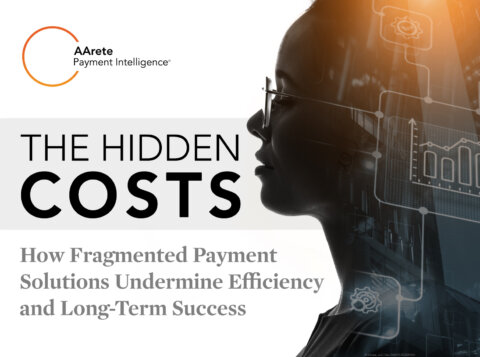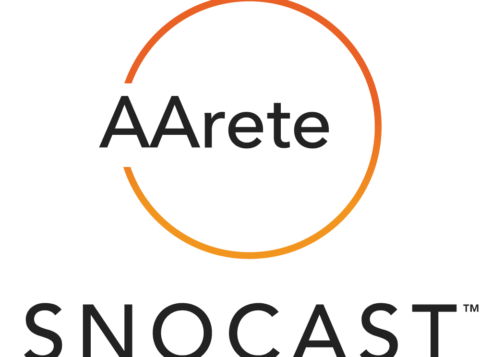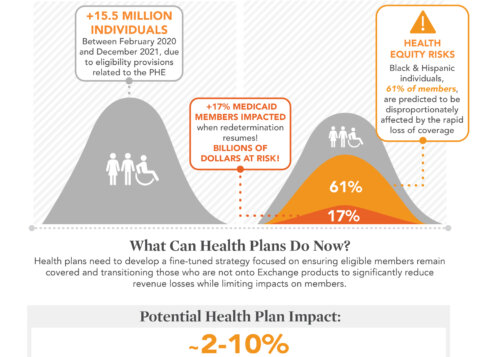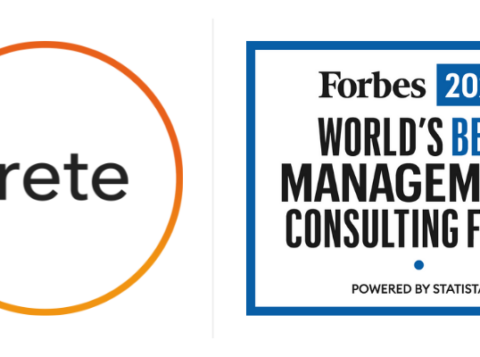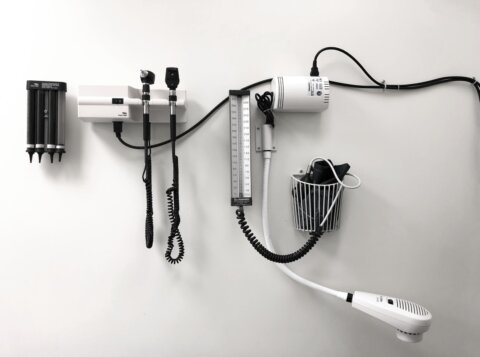Considering PBM Unbundling? Here’s How to Take the First Step
Everything old, it seems, becomes new again, and so it is with health plans and their renewed interest in unbundling their Pharmacy Benefit Manager (PBM) relationships.
This trend first emerged in the early 2000s as payers began building their own pharmacy networks, contracting with manufacturers directly for rebates, and forging separate relationships with claims processors. In response, PBMs further incentivized, offering deeper discounts to payer partners to sustain or grow their prominence. Sure enough, in a few years, the pendulum swung back toward full-service PBM offerings and away from disintermediation.
Today, however, the PBM uncoupling movement is making a comeback, led by some of the largest health plans in states like California and Pennsylvania. Given this resurgence, it’s worth exploring which organizations may benefit most from a disintermediated model, key considerations for plans that choose to bring more services in-house, and where to begin.
Weigh the Pros and Cons
While unbundling can be effective, it’s not an elixir for all payer organizations. Plans that are ready for change—and willing to commit the resources to conduct a thorough assessment up front—will see the biggest benefits. Consider three crucial elements while evaluating whether disintermediation is the right move:
- 1. Fine-tune the vision. Before issuing an RFP and selecting vendors to assume some or all of a PBM’s responsibilities, payers should establish a vision and clear goals. In other words, they need to think about what they want to be when they grow up.
A tech-savvy organization, for example, might use unbundling as a springboard to create a streamlined clinical integration platform where members can view all their benefits information in one place instead of using multiple apps. Meanwhile, a regional plan may find that breaking away from a traditional PBM opens the door to building a localized pharmacy network better suited to their members’ needs. These goals will be specific to each plan and serve as the North Star for success. - 2. Evaluate the costs. Payer organizations should thoroughly assess their current pharmacy benefit programs and analyze the full costs, including financial and human resources. When performing this exercise, some leaders may be shocked to learn how many staffers they currently devote to managing a full-service PBM relationship. By choosing disintermediation, plans can redeploy these resources to oversee multiple vendors and support both member experience and quality improvement initiatives. Creating a detailed financial projection model that precisely measures expenses and return on investment represents a crucial component in developing strategic plans and making sound business decisions.
- 3. Gain leadership alignment. Although unbundling aims to improve transparency, flexibility and control of a plan’s pharmacy benefit, it’s not a pharmacy director initiative alone—it’s a company-wide effort. Much like switching medical claims systems, taking on key aspects of a third-party PBM’s work will have a ripple effect throughout an organization. Accordingly, pharmacy leadership and other senior executives must be completely aligned before any disintermediation work begins, or the initiative is bound to fail.
Rip-and-Replace Not Needed
Yes, some larger organizations have gone from 0 to 60 mph in their transition, fully dismantling their full-service pharmacy benefit model and bringing the entire process in-house. For most others, however, this approach may cause too much disruption, too fast.
An alternative approach is transitioning to a hybrid model as a first step, where the health plan takes on smaller components that align with their core competencies and business strategies. The hybrid model allows organizations to “get their feet wet” and gain more control over their pharmacy program before diving into the deep end of the unbundling pool.
For some, a hybrid model may include creating a Pharmacy and Therapeutics Committee to achieve greater access and transparency around formulary development. Others may choose to handle utilization management edits and prior authorization in house.
In fact, prior authorizations represent a prime opportunity for payers. PBMs and their affiliated pharmacy partners are not always aligned on utilization management priorities. By bringing prior authorizations in house, plans will gain more control over the process and effectiveness, thereby improving cost management.
Gradually Move Services In-House
As health plans grow more confident bringing services in house with a hybrid model, they can start seeking more ways to decrease costs and improve member satisfaction.
One area ripe for improvement is specialty drug management, which typically accounts for more than 50% of a health plan’s drug spend for less than 5% of their membership. By contracting directly with specialty pharmacies, payers may improve member access and better control costs. Some plans could even take on the extra step of contracting with a rebate aggregator directly and then passing the savings on to their members. Taking these steps will require shrewd negotiation with the PBM, as most will want to maintain authority over these crucial areas.
Seek Expert Guidance with PBM Unbundling
As the old song goes, breaking up (with your PBM) is hard to do. Execution is always a risk. That’s why it’s essential to seek independent advisors who can provide a clear, actionable strategic plan backed by a well-defined transformation strategy.
Our team at AArete is actively engaged with health plans at various stages of their disintermediation journeys, evaluating their opportunities, developing their vision and strategies, and helping them navigate the process. We encourage clients to view unbundling through both the pharmacy and medical lens. This approach supports the development of a comprehensive drug optimization strategy that will make it easier for plan members to choose the most appropriate and cost-effective medications.
Our advisors begin by understanding each payer’s current PBM operating model, assessing what’s working and what isn’t, and assisting them with developing their long-term vision. We also evaluate an organization’s appetite for change and prepare them for the most successful implementation possible.
Discover how AArete can guide your plan through the process.
This is part 2 in a series on optimizing PBM programs. Stay tuned for the final article, coming soon. In case you missed it, read part 1 here.
Learn more about AArete’s Pharmacy Solutions.








